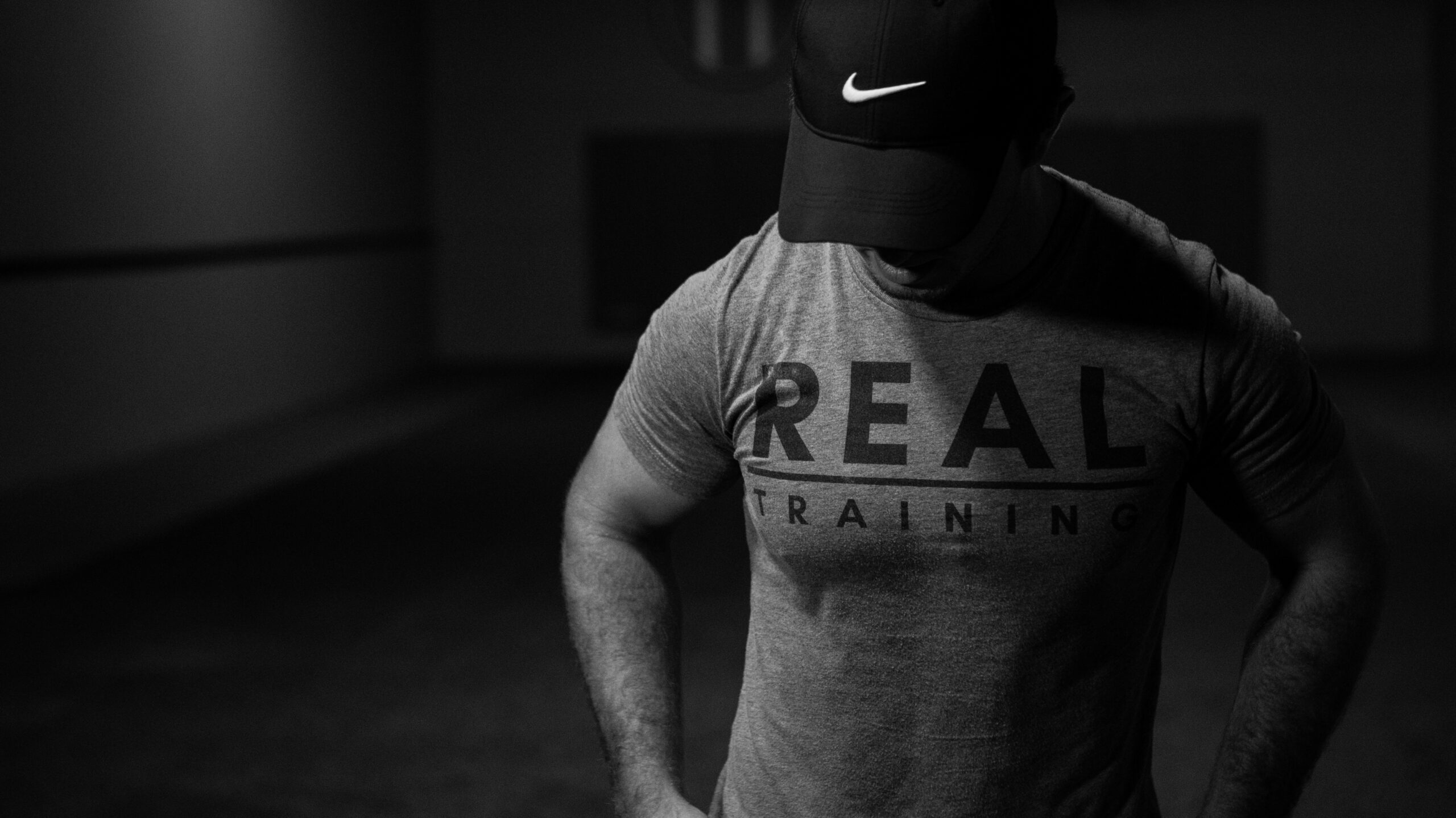Let’s cut right to the chase – the title says it all. See below for a simple way to standardize your warm-up, commonly referred to as the R.A.M.P. protocol.
- Raise: do something to raise your core body temperature. Options include a brisk walk, a light jog, or getting on a bike or rower. The best options here are low impact and low to moderate intensity, and the end goal is to feel like if you go much longer you’ll be sweating. This should be at least 5 but no more than 10 minutes.
- Activate: this should be more specific to the workout you are doing on a given day. Whatever your primary movement is (i.e. bench, squat, power clean, etc.) the activation movement should be geared towards that. An example would be to do band pull aparts for 3 sets of 20 on a bench day.
- Mobilize: again, this should match up with your workout for the day. The definition of mobility is to actively move a joint through a range of motion (not a static hold). A good example of a mobility movement would be to do lateral lunges for 3 sets of 10 per side on a squat day, focusing on sitting as low into the lunge as you can.
- Potentiation: this is where intensity needs to increase. The potentiation phase of the warm-up should incorporate an explosive movement that will bring the participant to near maximum alertness. Good examples hear are pogo jumps, jumping jacks, and ball slams.
So there you have it – a simple way to standardize your warm-up. This system allows you to get creative in exchanging out different exercises while also providing the framework to do what needs to be done in a short amount of time. Keep your warm-up to 10 minutes on hot days and 15 when it’s colder out.

